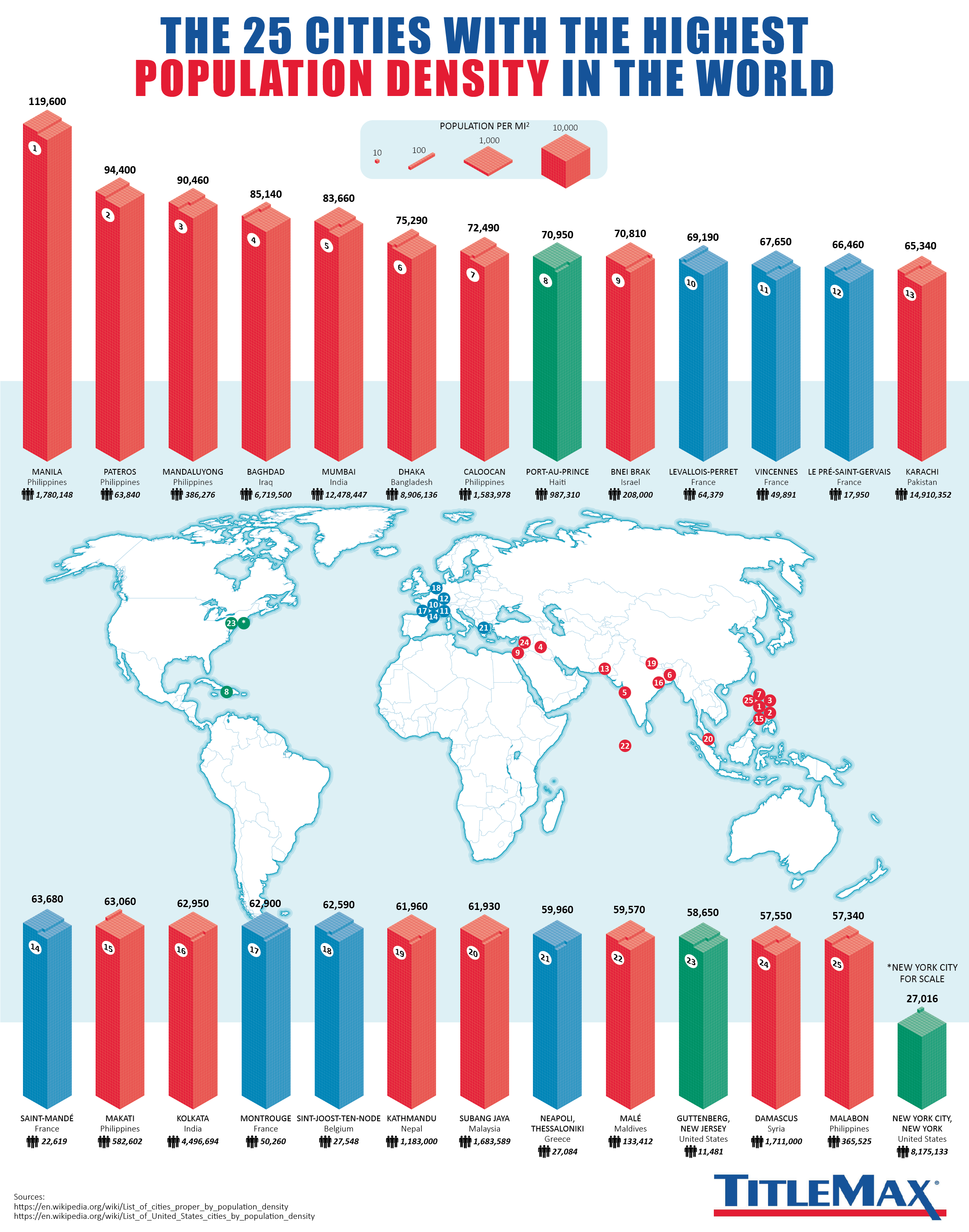Taichiliberal
Shaken, not stirred!
Originally Posted by Nordberg View Post
Some major cities are banning autos from downtown areas. Do you know what happens? The air gets much cleaner, breathing is better and people's health improves. https://www.businessinsider.com/citi...stion-charge-7
More likely, with most cities, the downtown dies and people move elsewhere. Think about it for a minute. If you couldn't drive into a downtown area and were faced with walking blocks in what was a car-centric downtown, would you do it or would you move your business elsewhere--particularly if you could still perform everything you did before from the new location?
Of course you'd move. Why stay where it is inconvenient for you, or where you are forced onto crowded public transit, or have to walk in bad weather frequently? The Left does these things because they don't consider consequences of their actions.
Here's a thought: Public transportation. People pay taxes for it anyway, so might as well work on making it more efficient. Resident New Yorkers spend way more time walking, using subways and buses than using cars....less cars, better traffic for buses, people.



